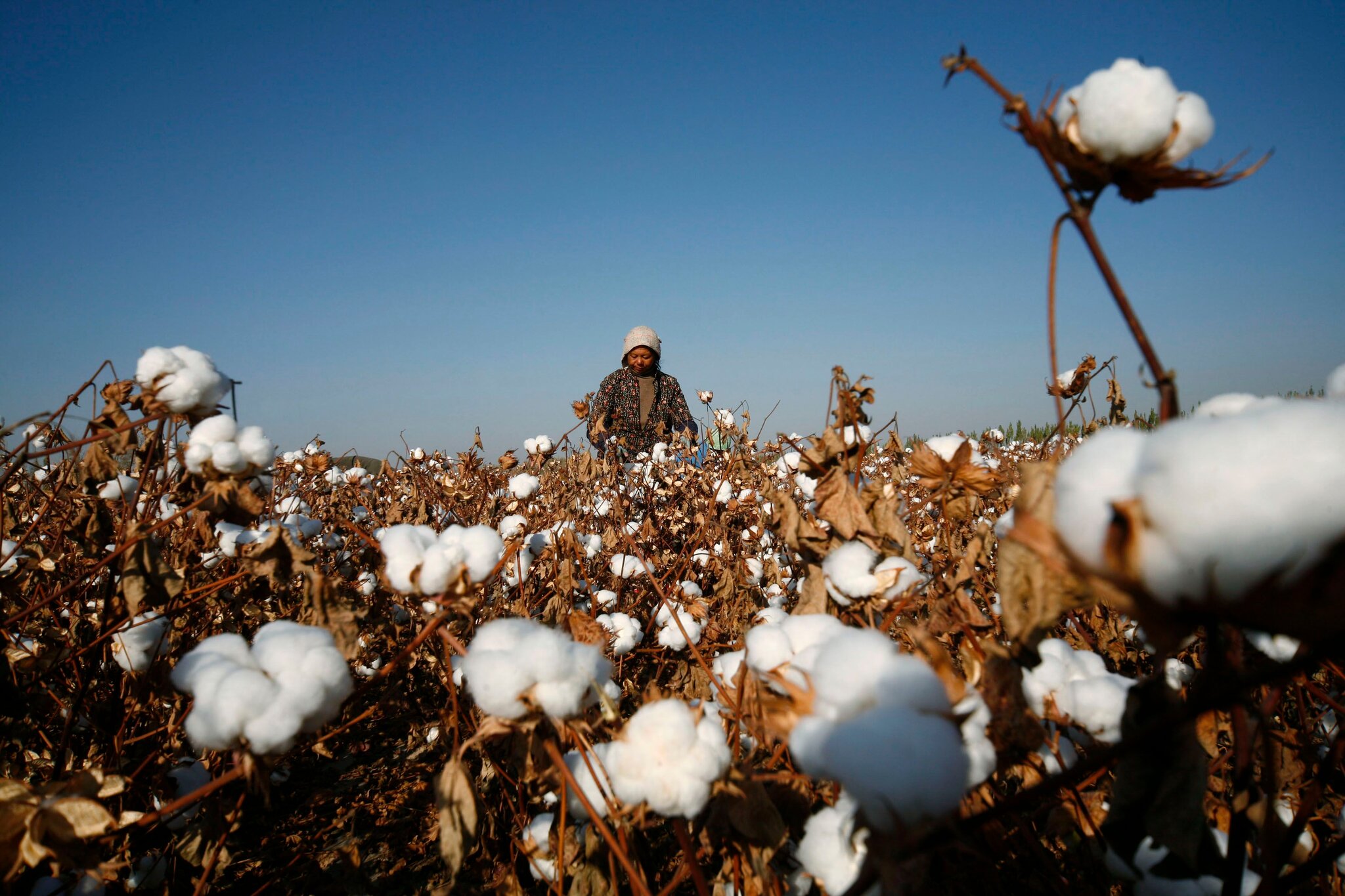
The International Cotton Advisory Committee (ICAC) says at the end of 2014-15, world ending cotton stocks are projected to increase 11 per cent to nearly 22 million tons. After increasing substantially in each of the three previous seasons, China’s ending stocks are expected to remain stable reaching just over 12 million tons in 2014- 15, and would account for 56 per cent of total world stocks.
Outside China, ending stocks are forecast to increase for the second consecutive season from 7.5 million tons to 9.5 million tons, which is the largest volume of stocks in the last 35 years and is 60 per cent of the expected mill use in 2014-15. While the gap between production and consumption has declined since 2011-12, production is projected to exceed consumption by 2.1 million tons in 2014-15 with most of the excess being held by producing countries with exportable surpluses. If the similar situation continues, there could be a fall in global cotton prices.
Cotton production, China and others

Production in China is estimated to be down 7 per cent to 6.4 million tons. While production has also fallen, the volume has been sufficient to meet 80 to 90 per cent of demand, with China’s consumption declining over the last four seasons. However, most of the domestic production was absorbed by China’s national reserve, and spinners relied heavily on imports from other producing countries, allowing international cotton prices to remain elevated. In 2014-15, China ended its reserve policy and in 2015 announced that it was limiting imports to the volume required under its WTO obligations.
Turkey is the world’s third largest importer, but like China, imports are expected to decrease in 2014-15. Consumption in Turkey is forecast to fall 4 per cent to 1.3 million tons as mills equipped with old machinery are shut down and cotton’s market share further declines as a result of the price attractiveness of synthetic fibers. At the same time, demand for imports is forecast to decrease by 13 per cent to 761,000 tons due in part to an estimated 11 percent increase in domestic cotton lint production to 847,000 tons.
Despite a 4 per cent reduction in area this year and some losses from flooding, production in Pakistan is estimated up 11 per cent at 2.3 million tons given the 15 per cent increase in the average yield to 820 kg/ha. Imports by Pakistan are forecast to fall 9 per cent to 367,000 tons as the current season’s crop will meet most of its need with imports mostly consisting of longer staple cotton that is not available from domestic producers.
US exports marred by declining imports
The ICAC Report points out that as the world’s largest exporter, the United States is affected by the decline in China’s and Turkey’s imports, though demand for high quality machine-picked cotton will help to limit export losses. In 2014-15, production in the US is estimated at 3.5 million tons, up 25 per cent from 2013-14, and exports are forecast to increase modestly by 2 per cent to 2.3 million. As a result, ending stocks in the United States are likely to increase 58 per cent to just over one million tons.
India, the second largest exporter is projected to experience a significant decrease in exports this season, despite a high volume of production estimated at 6.8 million tons. Consumption is forecast to increase 4 per cent to 5.2 million tons while production remains stable, resulting in a smaller exportable surplus. Additionally, demand from China and Pakistan, two of its three largest buyers, has fallen. Ending stocks in India are expected to increase 40 percent to 2.4 million tons in 2014-15 after two seasons of contraction.












